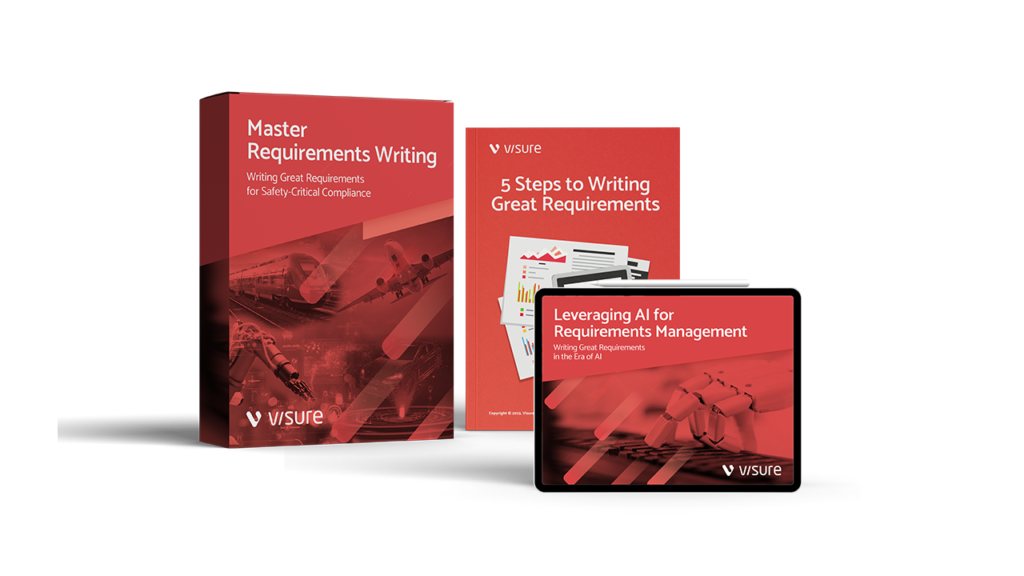Introduction In today’s fast-paced software development and systems engineering landscape, organizations face growing challenges in defining, documenting, and managing requirements across complex projects. Without a structured requirements management workflow, teams risk miscommunication, scope creep, compliance failures, and costly delays. A requirements management workflow provides a systematic process for capturing, reviewing, approving, tracing, and managing requirements […]
Blog Visure solutions
What is Specification Management?
Introduction Specification Management is the structured process of creating, organizing, controlling, and maintaining product specifications across the entire product lifecycle. It ensures that teams, suppliers, and stakeholders have access to a single source of truth for technical specifications, regulatory requirements, and quality standards. Unlike traditional document handling or basic requirements management, specification management provides a […]
How HARA Helps Functional Safety
Introduction In today’s automotive and engineering industries, achieving functional safety is critical to ensuring that complex systems operate reliably and without causing unacceptable risks. One of the most important processes within the functional safety lifecycle is HARA (Hazard Analysis and Risk Assessment), a structured method defined by ISO 26262 and other safety standards. HARA plays […]
Safety Management System (SMS)
Introduction A Safety Management System (SMS) is a structured framework that enables organizations to identify hazards, manage risks, and improve safety performance across industries. From aviation safety management systems (FAA, ICAO standards) to workplace safety frameworks under OSHA and ISO 45001, SMS has become a critical requirement for compliance, operational reliability, and building a strong […]
What is Functional Safety?
Introduction Functional Safety is a critical discipline in engineering and systems development that ensures safety-critical systems operate reliably and respond correctly even in the presence of faults. In simple terms, functional safety is about reducing risks to an acceptable level by implementing fail-safe mechanisms, redundancy, and error detection strategies across the system lifecycle. Today, industries […]
A Guide to Model-Based Development
Introduction In today’s fast-paced engineering and software-driven industries, Model-Based Development (MBD) has emerged as a game-changing approach to designing, testing, and validating complex systems. Unlike traditional software development, which often relies on late-stage testing and manual coding, MBD uses visual models, simulation, and automation to accelerate the requirements engineering process, improve collaboration, and ensure end-to-end […]
Architecture of a System
Introduction The architecture of a system forms the foundation of how complex solutions are designed, structured, and managed across industries. In software engineering, systems engineering, and IT infrastructure, system architecture defines the components, layers, interactions, and principles that ensure scalability, performance, and maintainability. Whether it’s a computer system architecture, enterprise system architecture, or embedded system […]
A Guide to Systems Simulation
Introduction In today’s fast-paced engineering and business environments, systems simulation has become an essential tool for designing, testing, and optimizing complex processes before they are built in the real world. From aerospace and automotive engineering to business process optimization and healthcare systems, simulation enables organizations to reduce risks, cut costs, and accelerate innovation. But what […]
Design for Manufacturing (DFM): A Complete Guide
Introduction In today’s competitive market, designing a product isn’t just about functionality or innovation, it’s also about how easily and cost-effectively it can be manufactured at scale. This is where Design for Manufacturing (DFM) comes in. DFM is a structured approach to optimizing product design for manufacturability, ensuring that parts, components, and assemblies are created […]
Read More… from Design for Manufacturing (DFM): A Complete Guide
What is a Functional Specification Document?
Introduction In software development and systems engineering, a Functional Specification Document (FSD) plays a critical role in ensuring project success. It serves as a detailed blueprint that defines what a system should do by outlining functional requirements, workflows, user interactions, and expected outcomes. Unlike a Business Requirements Document (BRD), which captures what the business needs, […]
Read More… from What is a Functional Specification Document?
